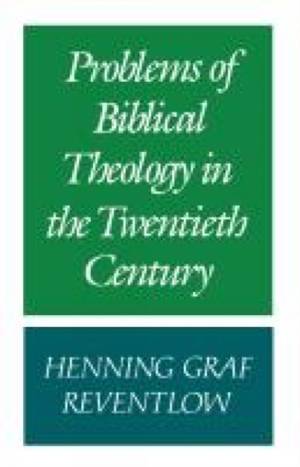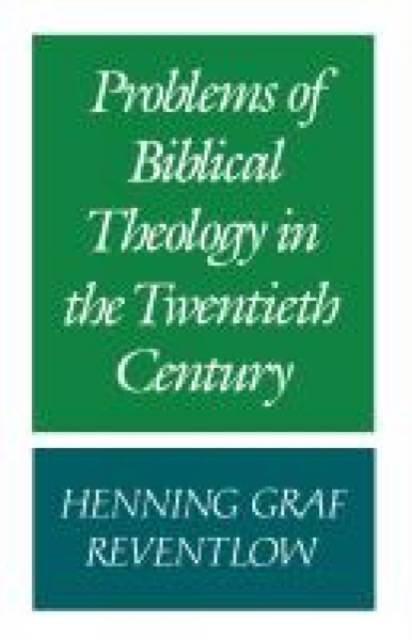
- Afhalen na 1 uur in een winkel met voorraad
- Gratis thuislevering in België vanaf € 30
- Ruim aanbod met 7 miljoen producten
- Afhalen na 1 uur in een winkel met voorraad
- Gratis thuislevering in België vanaf € 30
- Ruim aanbod met 7 miljoen producten
€ 48,95
+ 97 punten
Omschrijving
R. E. Clements, Samuel Davidson Professor of Old Testament in the University of London, King's College, wrote of the German original in the Society for Old Testament Study Book List: 'This is a companion to the author's survey of the main lines of discussion concerning Old Testament theology in the twentieth century. It deals with the wider issues of the relationship between the two Testaments and of the search to establish a distinctive biblical theology which will relate as a whole to systematic theology and the ongoing life of the church. It is essentially a bibliographical essay, setting out the main themes of secondary literature section by section. Without attempting to provide solutions to the questions raised, it notes the course of the debate and shows how scholars have developed their arguments. Major topics dealt with include typology, promise and fulfilment, the nature of biblical Israel and the structure of the canon. A lengthy concluding essay surveys recent attempts to revive the ideal of a biblical theology and to establish new guidelines for it. A great wealth of information is brought together in this, as in its companion volume, so that the two together make up an indispensable guide and platform for the opening up of further debate.'
Specificaties
Betrokkenen
- Auteur(s):
- Uitgeverij:
Inhoud
- Aantal bladzijden:
- 208
- Taal:
- Engels
Eigenschappen
- Productcode (EAN):
- 9780334022770
- Verschijningsdatum:
- 19/06/2012
- Uitvoering:
- Paperback
- Formaat:
- Trade paperback (VS)
- Afmetingen:
- 140 mm x 216 mm
- Gewicht:
- 244 g

Alleen bij Standaard Boekhandel
+ 97 punten op je klantenkaart van Standaard Boekhandel
Beoordelingen
We publiceren alleen reviews die voldoen aan de voorwaarden voor reviews. Bekijk onze voorwaarden voor reviews.










